Calcium helps make plant cell walls strong and sturdy. When plants are unhealthy or under stress, this component kicks in to aid healing. The damaged portion of the plant will get calcium via the vascular system, strengthening and kickstarting the healing process. The amino acids and photosynthesis of plants rely on nitrogen.
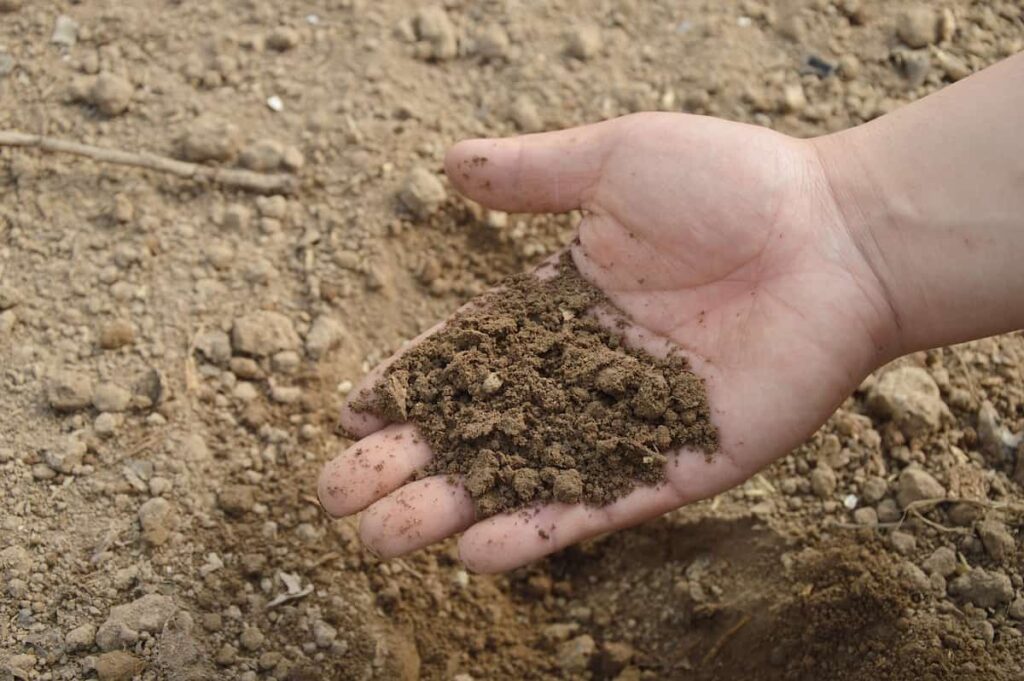
Plants can’t convert sunlight into glucose without nitrogen. This means that these two factors are crucial for plant development. Below we learn how to add calcium to your soil/yard/garden, nitrogen to your soil/yard/garden, homemade calcium and nitrogen agents for plants, and how to add calcium and nitrogen to the soil naturally and chemically.
How to add Nitrogen and Calcium to your garden soil
Calcium deficiency signs
While a soil test is the most accurate method for determining whether or not your soil needs amendments, there are other visible symptoms of calcium shortage in plants. Calcium deficiency can manifest as stunted or weak growth, curled young leaves or shoots, scorched or spotted young leaves, hindered bud growth, burnt leaf tips, cupping of mature leaves, stunted or dead root tips, chlorosis (yellowing of leaves), fruit damage like blossom end rot on tomatoes and bitter pits in apples.
Nitrogen deficiency signs
Your plant will show symptoms of nitrogen deficiency since it is an essential nutrient. Most gardeners can see symptoms of nitrogen shortage in their young plants since this element is essential for their growth and development. If you notice a problem with your plants early on, you can treat them and watch them quickly recover.
Some symptoms of nutritional deficiencies include Developmental delays and stunting; with smaller than usual leaves, the lowest leaves are usually the first to turn yellow and drop. Yellowing begins from the bottom and works its way up the plant, so the higher leaves initially seem green. Flower sizes are smaller than usual and fade more quickly than usual. Even if the plant survives and produces fruit, the quality will suffer, and the fruit will be smaller.
How to add calcium to your soil?
Using calcium fertilizer
Calcium can be added to soil in several different methods. You can improve the soil by purchasing and using various additives. Calcium sprays can be sprayed directly onto plants to provide an immediate shot of calcium exactly where it’s needed. Fertilizers rich in calcium also include various other minerals and nutrients.
Choose a calcium fertilizer wisely by first testing whether or not your plants have deficiencies in other nutrients. A calcium supplement that helps with both issues can be like killing two birds with one stone. When calcium is added to soil, it can have a similar effect on pH levels. Care should be taken when using calcium fertilizers that increase soil pH since they can result in an alkaline soil detrimental to plant development.
Use foliar sprays
Many say you should always have some foliar spray on hand since they’re so helpful. Calcium fertilizers and foliar sprays are applied directly onto the plant leaves. Despite popular belief, leaves are just as effective as roots absorbing nutrients. The leaves are the most accessible part of the plant, so spraying calcium there will deliver the mineral precisely where it’s required.
In case you missed it: Growing Forget-Me-Not Plants: A Guide to Propagation, Planting, and Care for Beginners
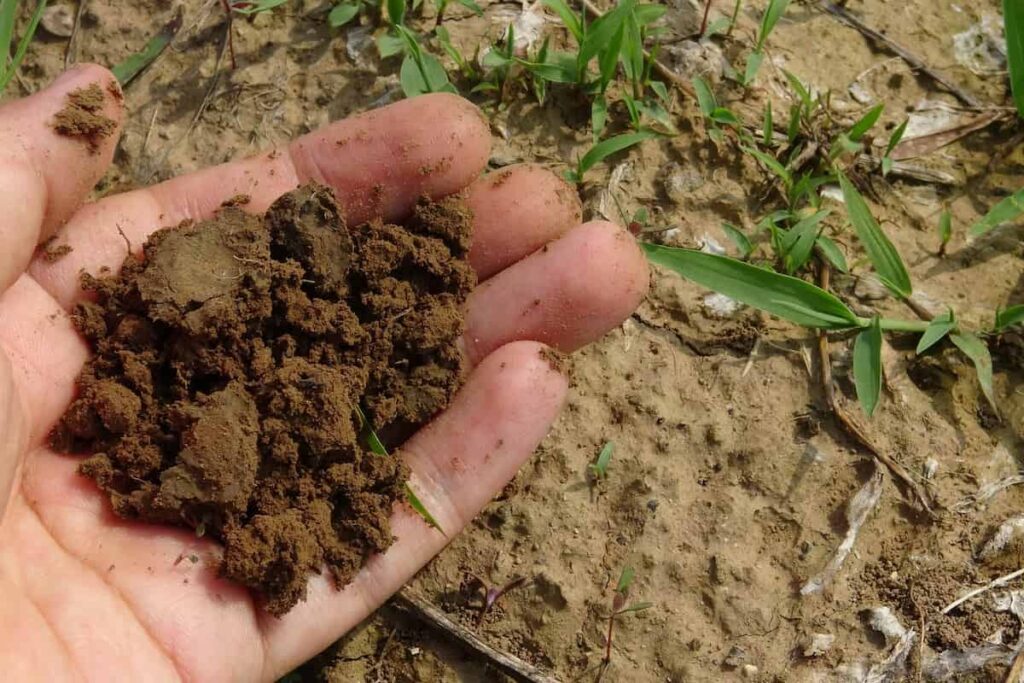
Because the calcium is supplied at the top of the plant, where the blooms will grow, foliar sprays are the best strategy to avoid blossom end rot. The pH of the soil won’t be altered since the sprays are applied to the leaves instead of the ground. Regardless of how you give calcium to the soil, have a calcium foliar spray available to spot-treat plants. Alternatively, you can apply it several times throughout the growing season to help stop blossom end rot. Find concentrates or sprays that say they will protect against blossom end rot.
Using lime
To increase the soil’s calcium content, use lime. However, it can produce alkaline soil if not utilized with caution. Vegetable plants generally do well when the soil is somewhat acidic and poorly when it is alkaline. You may wish to get your soil tested before you start adding lime to it. The soil in your yard can be tested using a do-it-yourself kit or by a professional. If you want the most calcium in your soil, lime is your best option, but too much of it can cause the pH to rise, so be careful. Lime can be what you need if your soil is overly acidic.
Gypsum can help
You want to raise the soil’s calcium levels without changing the soil’s pH. Then maybe gypsum is the one for you. Gypsum is the best option for boosting soil calcium levels without altering the pH. Natural gypsum occurs in many places across the world. It’s not only a quick way to have your calcium needs met. Gypsum has several applications beyond merely boosting soil calcium levels.
One of the finest methods to break up and loosen tight, clay-heavy soil is using calcium. It can assist your young plants in breaking through the soil and avoiding soil crusting and water erosion. Additionally, gypsum can help eliminate salts in the soil that could otherwise stunt plant development.
Oyster shells are also an option
The oyster shell can always be found if you have hens. Since laying hens need a calcium supplement, oyster shell is often fed to them. Oyster shells can be a calcium supplement in the garden, but it doesn’t mean it’s always the most excellent choice. Oyster shells contain a kind of calcium identical to that found in lime, leading you to believe that they would be helpful in the garden.
Oyster shells, like lime, may be used to alter the soil’s pH level. Raising the pH might take a long time, perhaps years, when using an oyster shell. This is true. However, the oyster shell takes much longer to increase the soil’s pH because it is so difficult to break down. Avoid using the oyster shell as a rapid calcium source. It can take years for it to decompose in your garden, making it of little use to you in the meanwhile.
In case you missed it: How to Grow Rosemary from Seed to Harvest: Check How this Guide Helps Beginners
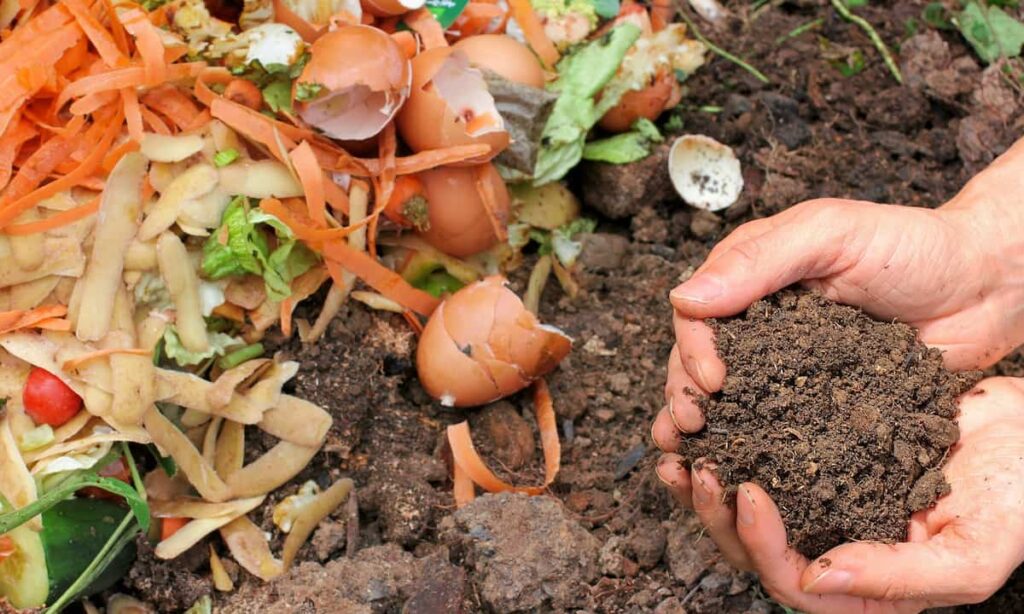
Cheap, and best are eggshells
Don’t throw away eggshells when you can use them in your garden. Eggs are very good for plants. They supply plants with calcium. Getting enough calcium from egg shells for plants can take a while. The decomposition process can be sped up with your assistance.
You can also use wood ash
Do you make regular use of a fireplace or fire pit? Ashes are a great source of calcium, and you may have heard they can be added to a garden. Compared to lime, the quantity of calcium added to the soil by employing hardwood ashes is around half. The additional elements plants need, such as potassium, phosphorus, and boron, can be found in wood ashes. However, nitrogen isn’t one of them. Therefore wood ashes are very nutrient-poor. Ash that contains false logs or charcoal briquettes should not be used.
Use only hardwood ash. Oak is a popular fuel source and an excellent choice for the yard. Wood ashes can be used as a calcium source in the garden, but there are a few things to remember. To begin, wood ash can increase soil pH since it includes calcium carbonate, the same sort of calcium as lime. Avoid using wood ashes if your soil is slightly alkaline or neutral. Compared to lime, the amount of wood ashes required to achieve the same result is around double.
You’ll need more wood ashes than you would require lime since wood ashes only contain approximately half as much calcium. However, because less calcium is present, the risk of excessively increasing the soil’s pH is reduced. When spreading wood ashes in your garden, avoid getting the ashes on the leaves of the plants.
A ring of ashes should be placed around the plant, but the ashes should not come into contact with the plant’s stem or leaves. When in contact with a plant, wood ash is caustic and causes severe damage. Rather than applying the ashes all at once, it’s best to do it gradually so the plant’s roots can absorb them. Wood ashes, produced when firewood is burned, can be used to enrich the soil with calcium at no cost.
Bone meal is ideal
Bone meal is an excellent choice of fertilizer for those who want to grow their produce. Calcium makes up the bulk of bones, so the bone meal is an excellent addition to your soil. Compared to other calcium fertilizers, bone meal is more well-rounded due to the addition of nitrogen and phosphorus. If your soil is already alkaline, adding bone meal might make it even more so. The calcium in bone meal is progressively released into the soil. Calcium from most bone meals will stay out of it for another four months.
In case you missed it: When to Apply Organic Pesticides in Your Garden: Best Time, Safety Tips, and Precautions for Beginners
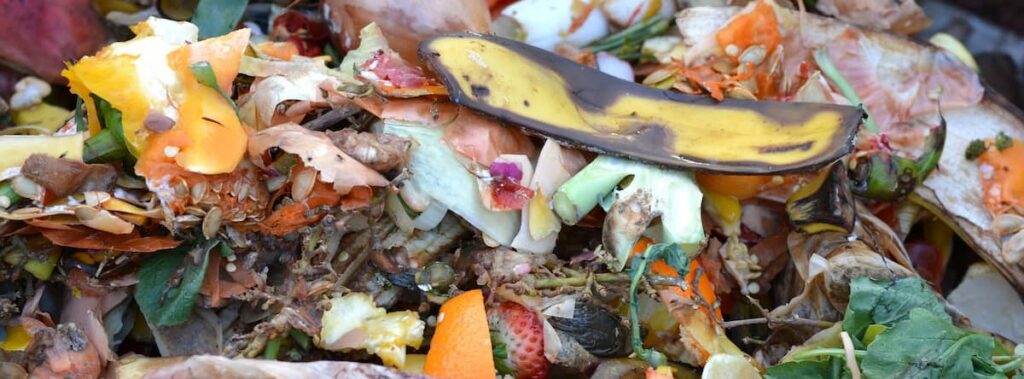
It may not be necessary to use it again during the same growing season if you apply it at the start. As a fertilizer, bone meal has many uses beyond those with vegetable gardens. When put into the soil, bone meal boosts the growth of several plant types, including flowers, bulbs, and roots. The bone meal can be worked into the soil in several different ways. If you want to give your plants an extra nutritional boost, you can do one of three things: sprinkle it around the plant’s base, massage it into the soil, or place it at the bottom of the hole.
Using Epsom salt
Many avid gardeners believe that Epsom salt is an essential ingredient. Epsom salt is a useful soil amendment. However, it does not provide any calcium. Epsom salt is magnesium and sulfur-rich but calcium deficient. It’s a common misconception that Epsom salt can stop blossom end rot.
Because of the magnesium and sulfur it contains, Epsom salt does stimulate plant growth. Don’t use Epsom salt if you’re low on calcium. Epsom salt’s magnesium interferes with the plant’s absorption of calcium. Because of this, you are using Epsom salt to correct a calcium deficit in your plants can worsen the situation. No need to bother with Epsom salt if you aren’t experiencing blossom end rot.
How to nitrogen to your soil?
You can add composted manure
In most cases, adding animal feces to the soil will cause the plants to burn due to the high nitrogen concentration in animal waste. Before applying manure to your garden, compost it for six months since its “heat” changes. The manure can be thrown into the compost bin among the kitchen scraps and yard trimmings. Composting chicken dung is necessary since it is the hottest kind of manure.
Add cow dung, goat manure, or rabbit poop to your soil without as much worry about it igniting. Composting rabbit poop is a good practice since it is safer than putting it straight into the soil. Manure isn’t the answer if you need the nutrients now since it takes time to degrade and make its way into the soil. This is the wisest course of action since it will remain intact for the longest time underground.
Adding blood meal or alfalfa meal
A blood meal is a fast and efficient way to increase the nitrogen content of plant soil. Meat processing by-products can include dried blood from slaughtered animals. Its high nitrogen content can offer your plants a good boost if sprinkled on the soil’s surface around your veggies and then watered in. But it also has the potential to bring rodents into your yard.
Alfalfa meal is an option for those who choose not to use bloodmeal. Medicinal alfalfa is used to create this. Moreover, despite having a lower nitrogen content, it’s a decent substitute for bloodmeal. Either of these options can be used successfully if you pay attention to the directions on the box. Bone meal is a natural fertilizer high in nitrogen.
In case you missed it: Custard Apple Diseases and Pests (Sugar Apple): Anthracnose, Black Canker, Diplodia Rot, Leaf Spot, Symptoms, Causes, and Prevention
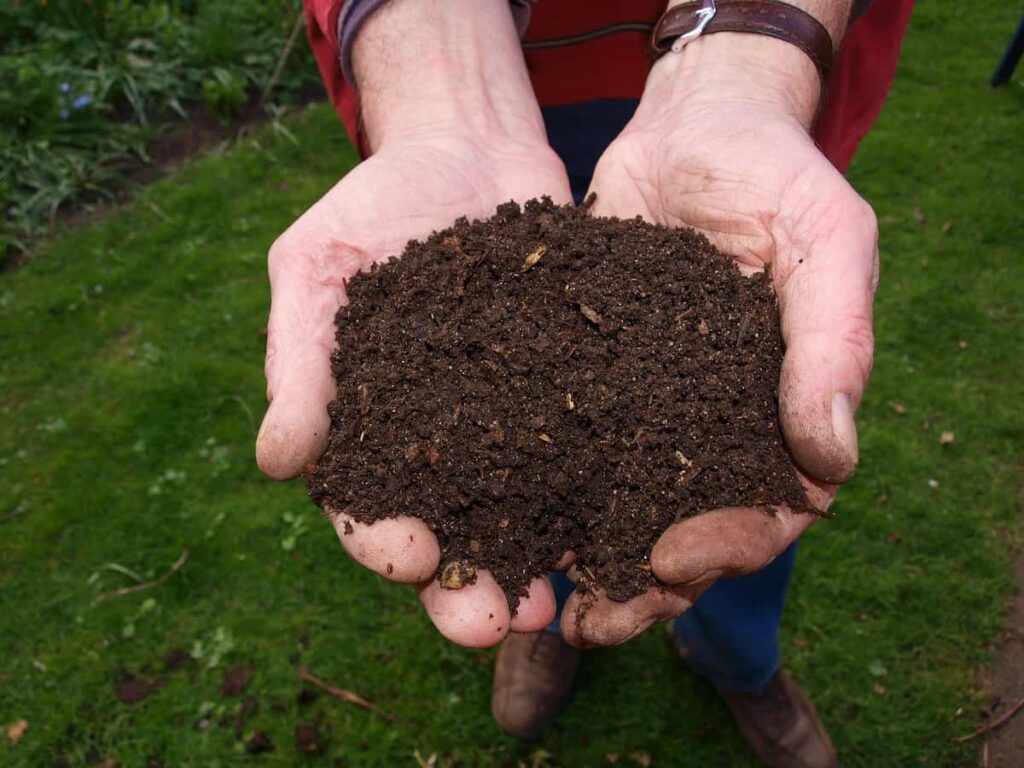
Planting green manure crops and nitrogen-fixation plants
Planting some crops in your garden where nitrogen-hungry plants are will help correct the deficit. Growing a cover crop of green manure instead of nitrogen-fixing beans or legumes is the primary difference between the two. Most planting occurs either at the beginning of the season or during the dormant period.
Taking off green cover crops from a garden is a labor-intensive task for a home gardener. Plants known to fix nitrogen in the soil are called nitrogen-fixing plants. Beans and legumes are the two most important additions to your beds. They fix the nitrogen in the soil rather than taking it up.
So, sow nitrogen-loving plants one year and then switch to beans and legumes the next. This is why planning your crop rotation many years in advance is essential. Remembering that you shouldn’t over-fertilize the garden beds or plots where you planted beans the year before is worth remembering. Too much nitrogen can accumulate in the soil.
Adding manure tea
In contrast, animal excrement can be used to produce tea. Simply fill a bucket with water after adding animal dung (not suitable for cats or dogs) to the bucket. After further diluting the resultant “tea,” you can sprinkle it on your veggies to provide them with nitrogen. If you need a short-term increase in the fertility of your garden soil, any of these options will do the trick. So that you aren’t limited to these quick fixes, you should also work on gradually increasing the nitrogen levels in your garden’s soil.
Use coffee grounds
Yes, coffee grounds have nitrogen. The nitrogen in used coffee grinds is of high quality. It’s possible to add the grinds into the soil or compost them. While coffee grounds take some time to decompose and release into the soil fully, they provide certain benefits, including aerating the soil and enhancing drainage.
You should stop tilling
Tilling degrades soil structure and depletes nitrogen and other nutrients. Inhibiting further tilling of the soil will allow existing soil life to flourish. The only time this isn’t the case is when you’re tilling a brand-new garden plot for the first time.
In case you missed it: How to Grow Sarpagandha for Beginners: Guide and Steps to Propagation, Planting, and Care
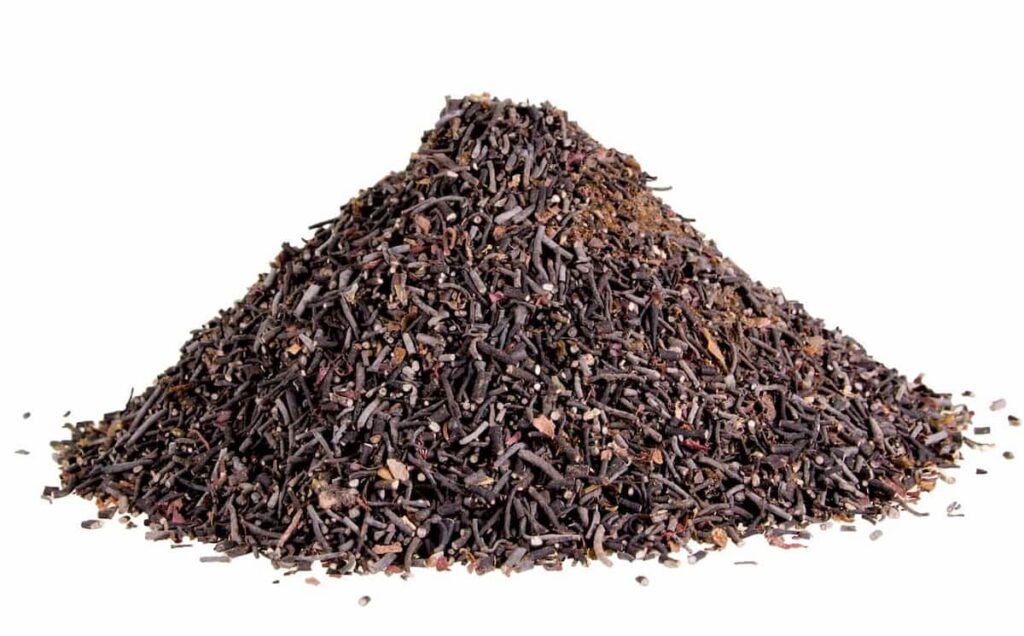
Adding mulch to your garden
Keeping the soil covered with mulch ensures that the soil’s microorganisms always have access to a steady supply of organic material. This impact can be amplified by using a compost mixture as mulch. Mulch decomposes and is consumed by soil organisms, releasing nutrients like nitrogen to your plants.
This procedure produces very rich, deep soil when allowed to run its course. If you don’t use any harmful chemicals or pesticides on your lawn, the grass clippings you collect over the summer can be put to good use. As a kind of natural mulch, grass trimmings can be spread over a garden. The grass clippings will return nitrogen to the soil as they degrade.
Using fish emulsion
Fish emulsion is another nitrogen-rich fertilizer, with an NPK ratio of 5:1:1. That implies that your plants will get nitrogen, but not at a toxic level. Fish emulsion is useful since it includes a wide range of micronutrients for your plants. Fish emulsion is sold at most garden centers as a concentrate that must be diluted with water before use. Fish emulsion is typically mixed at a rate of two to three teaspoons per gallon of water.
Then, you can either add it to the soil or use a spray bottle to apply it to the plant’s foliage. Don’t waste your time and effort draining the water from your fish tank. It’s like fish emulsion but without the high price tag. Nitrogen is abundant in fish excrement because fish defecate in the water. You can use fish water to water your plants, and the nutrients will be readily accessible for the plants to absorb.
Using an actual nitrogen fertilizer
Both chemical and organic fertilizers include nitrogen, although the former is more common. Selecting a plant fertilizer with a high first number in the NPK ratio is recommended. Fertilizer packages often have a ratio chart like “10-10-10” or “20-20-20” to indicate the mix’s optimal ratio. The first number indicates the quantity of nitrogen, so choosing one with a higher number is an excellent way to boost your soil. This is the fastest way to add nitrogen to the soil.
Conclusion
Too much nitrogen and calcium, unlike some other nutrients, can cause significant problems. Hence it is recommended that you not do all of them. Determine the most effective strategy, whether a fast repair or soil amendment for the next season and use it. Always use the recommended dose as stated on the product’s label.
- How to Grow Hibiscus from Flower
- Plantation Ideas for Home Decoration: A Beginners Guide
- Flower Garden Designs and Layouts for Beginners
- Planting and Spacing Techniques in Papaya: A Beginner’s Guide
- Growing Gold: Essential Techniques for Planting Pineapples
- How to Make Kalanchoe Plant Bushy: Home Remedies and Solutions
- 11 Reasons Why Your Gardenia is Not Blooming: Home Remedies and Solutions
- Eco Elegance: The Guide to Designing a Drought-Tolerant Landscape
- Gardening on a Slope: Strategies for Hillside Landscaping
- Nourish and Flourish: Top Organic Mulches for Thriving House Plants
- Everything You Want to Know about Indian Mogra Flower: Discover Uses and Growing
- Green Thumb Success: Expert Tips for Cultivating Greenhouse Pumpkins All Year Round
- Maximize Growth & Flavor: The Ultimate Guide to Companion Planting in Herb Gardens
- How to Control Rhododendron Problems Naturally: Home Remedies and Organic Ways to Fix Them
- Natural Magic: The Remarkable Benefits of Cinnamon for Plants
- Best Steps to Revive Dying Tulip with Natural and Organic Treatment
- 10 Reasons Why Your Angel Trumpet is Not Blooming: Remedies and Treatment
- How to Fix Periwinkle Leaf and Flower-Related Problems: Natural Remedies and Solutions
- How to Fix Zinnias Leaf and Flower Problems: Discover Natural and Home Remedies
- Organic Steps to Induce Lemon Tree Flowers: A Comprehensive Guide
- Bloom Booster: Crafting the Perfect Homemade Bougainvillea Fertilizer
- Optimizing Growth: A Guide to Applying NPK Fertilizer for Potted Plants
- 10 Best Homemade Fertilizers for Rubber Plant: DIY Recipes and Application Method
- How to Boost Female Pumpkin Flowers: Effective Steps for More Flowers and High Yields
- Transform Your Indoor Garden: Top Benefits of Pink Salt for Houseplants
- 10 Best Homemade Fertilizers for Peacock Plants (Calathea): Easy DIY Guide
- Unlock Blooms: 9 Reasons Why Your Potted Chrysanthemum is Not Blooming
- 8 Reasons Why Your Potted Hibiscus is Not Blooming: Fix it with Simple Solutions
- Unlock Blooms: 9 Key Reasons Your Potted Frangipani Won’t Flower
- 10 Reasons Why Is My Ice Plant Not Blooming: Remedies and Treatment
- 10 Reasons Why My Potted Hydrangea Not Blooming: Treatment and Remedies
- 10 Reasons Why is My Wisteria Not Blooming: Remedies and Treatment
- 10 Reasons Why is My Goldfish Plant Not Blooming: Remedies and Treatment
- Maximize Your Space: Ultimate Guide to Balcony Gardening with Grow Bags
- 10 Reasons Why Your Iris is Not Blooming: Remedies and Treatment
- 10 Reasons Why Your Anthurium Plant is Not Blooming: Treatment and Remedies